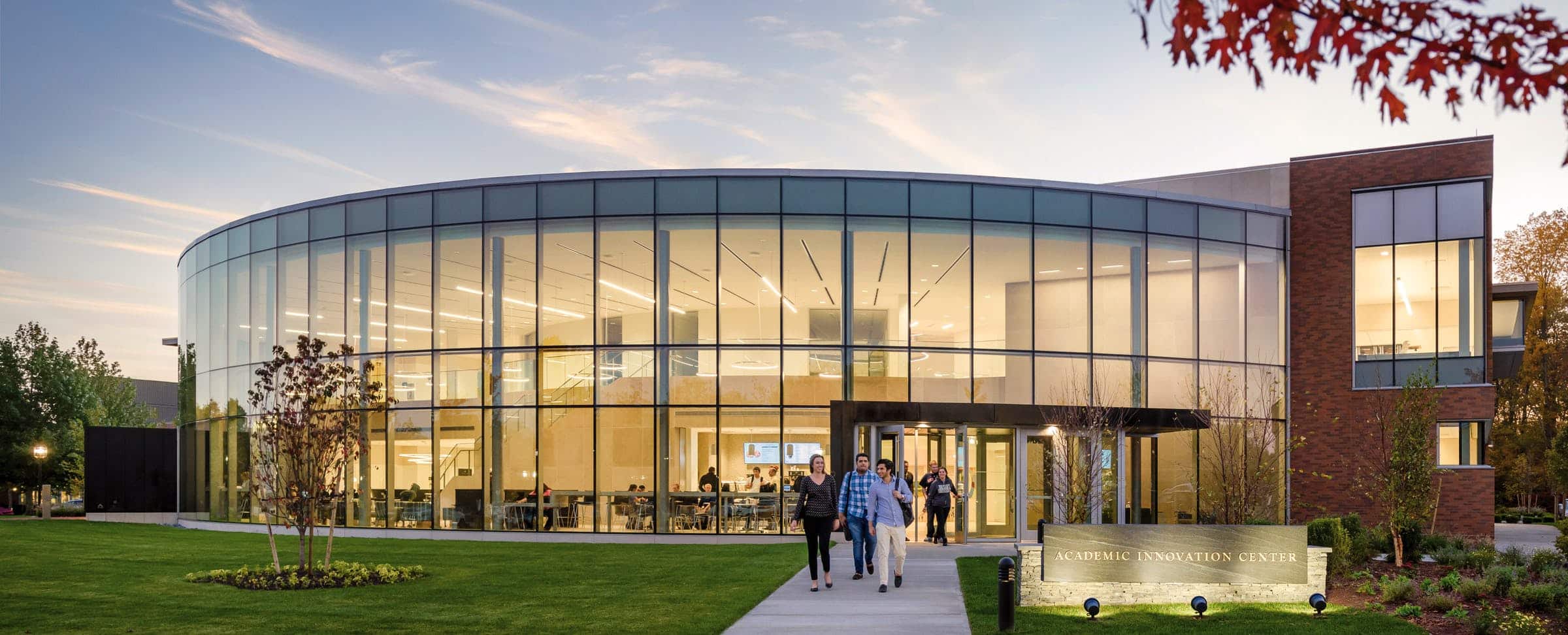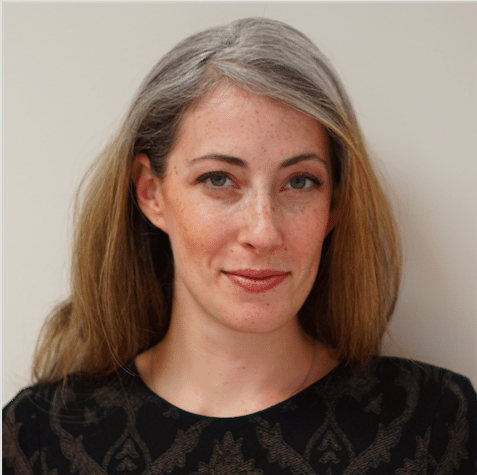Higher education is in a time of transition. Colleges and universities are seeking—and sometimes struggling—to keep pace. The challenges come from a number of directions: the changing population of students, evolving demands of the workplace and society into which students will enter, new frontiers in pedagogy powered by new technologies and research on learning, existing business models that are at risk from a combination of stagnant or declining revenue and escalating costs, and competition from new forms of postsecondary education that often look nothing like a traditional college or university.
As a result, many colleges and universities are seeking to pursue new strategies that, in some cases, challenge the long-held tenets of the traditional college model. But innovation in higher education can be complicated—and not just because colleges and universities are complex places with many moving parts, constituencies, and purposes.
In most other sectors, when organizations see a new opportunity, they develop a plan to tackle it. They generally do not need the permission of an external party to chase the opportunity. Higher education is different. Depending on the nature of the innovation, a college or university must work closely with its accreditor to ensure that the new practice is consistent with the accreditor’s quality standards. As a result, accreditation plays a major role in the innovation process for most colleges and universities.
Developed initially as a way for colleges to assure that high school graduates met acceptable standards for admission, accreditation has evolved over the last century. The accreditation process currently gates access to Title IV federal funds and, for many institutions of higher education, essentially provides them with the ability to operate. Peer reviews for institutional accreditation are seen to focus more on the resources and processes of institutions than on student outcomes. Critics allege that this allows institutions with all the trappings of traditional higher education—but poor outcomes—to remain in existence. They point to many case studies to bolster their claims.3
These accreditation failures—letting fraudulent or low-quality institutions slip through the cracks—grab headlines. But the more insidious failure of accreditation is arguably not the low-quality institutions that continue to be accredited and the risks accreditors allow institutions to take. Quite the opposite. It is the stifling effect that accreditation has on innovation at existing institutions.
Institutional accreditation has moved to focus more on outcomes in recent years,4 but it continues to be a quality-control mechanism focused on ensuring fixed inputs. As society begins to place more emphasis on the outcomes of college—both in terms of employment and learning—and as successful new models emerge with very different inputs from a traditional college, scrutiny of the accreditation model is building.
In this paper we first discuss the nature of higher education business models and how innovation can (or cannot) occur within those models. We then explore the stories of educational institutions as they have tried to launch innovative practices. We profile Bellevue University and Tiffin University, schools that tried to build innovative online programs only to find themselves having run afoul of their accreditor. We also explore the story of Southern New Hampshire University, which successfully built a program, College for America, that is quite similar in certain respects to what Bellevue and Tiffin attempted. We also discuss the experience of General Assembly, a bootcamp which is not accredited and does not have access to Title IV funding.
Together these stories illustrate that accreditation is not necessarily at odds with innovation. Accreditors can block innovation, but they can also facilitate it. Institutions, however, do not always know what their accreditor will allow them to do when they seek to innovate—or what resources they may have to expend to convince an accreditor that an innovation should be permissible. The seeming randomness casts a pall over innovation across the sector. It also stands in stark contrast to the ability of unaccredited educational institutions to innovate.



